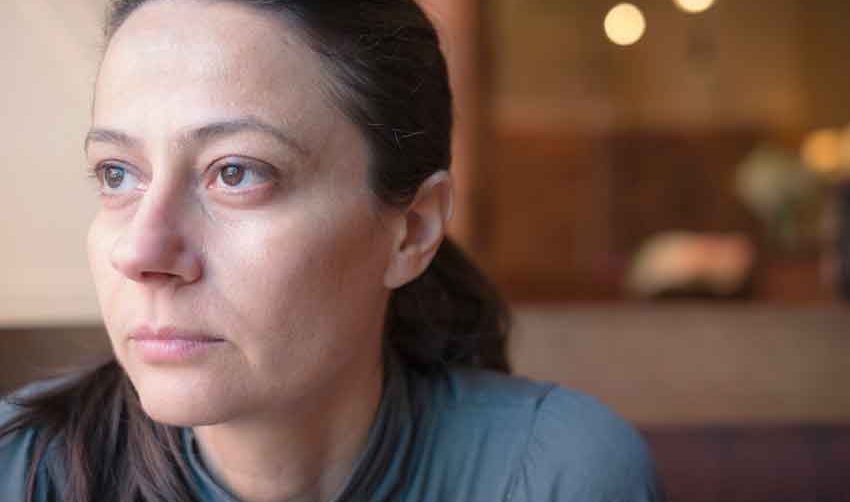What Is Endometriosis?

Endometriosis is a condition that occurs when tissue from the lining of your uterus, the endometrium, grows outside your uterus. Here's what you should know.
Endometriosis isn’t a rare illness, though it can take a long time to be diagnosed, since the symptoms are tied to your period, and many women have difficult periods for a variety of reasons.
In anywhere from two to 10 percent of women ages 25 to 40, the kind of tissue that normally lines the uterus, or womb, also grows outside the womb, where it doesn’t belong. It can grow on their ovaries, bowel, or tissues lining the pelvis. Sometimes it even appears beyond the pelvis.
During the menstrual cycle, the endometrium builds up, preparing for a possible fetus. If you don’t conceive, the tissue breaks down and bleeds out of your body when you menstruate. If you have endometriosis, the endometrial cells growing outside your womb also build up and break down but, unlike normal endometrial tissue, it can’t leave your body through bleeding. It remains in the area, where it can accumulate and cause scars and pain.
YOU MIGHT ALSO LIKE: Symptoms of Ovarian Cysts
Diagnosing endometriosis
You may suspect you have endometriosis because you have especially painful cramps during your period, or you have pain in your lower abdomen unrelated to bleeding. You may have pain after intercourse. Some women have lower back pain and pain with bowel movements.
Symptoms can begin as early as puberty, though then more often come later. Each case is at first graded as minimal, mild, moderate, or severe. Severe pain doesn’t mean you have a severe case, and mild pain doesn’t mean your case isn’t a problem. Many women develop fertility problems related to endometriosis.
You’re more at risk if your period begins early, you have especially frequent or heavy periods, or female relatives have had the condition.
To be sure of the diagnosis, you’ll need a laparoscopy. A surgeon makes small incisions in your belly button, abdomen, and groin to see the extra tissue.
What makes the extra tissue grow?
Scientists don’t know for sure, but there are several theories.
- It may be that the extra tissue is triggered when the broken-down womb tissue in menstrual blood flows backward into the fallopian tubes instead of out your vagina.
- The blood may leak into your pelvis through a scar, generally from a cesarean delivery.
- Cells in your abdomen grow from embryonic cells, and they could develop into endometrial cells by mistake.
- The lymphatic system may carry the endometrial cells to the wrong spot.
- Your immune system may be part of the problem, failing to destroy cells that it should identify earlier as misplaced.
- The Mullerian theory argues that endometriosis begins in a fetus, when the cells are first misplaced, and later they respond to hormones.
Treatment for endometriosis
The first step is to try ordinary over-the-counter pain medications. Your gynecologist may also recommend that you take hormones, which can both relieve pain and stop tissue growth. Birth control pills, patches, and vaginal rings can also reduce pain in some cases.
Other treatments include:
- A medroxyprogesterone (Depo-Provera) injection, which stops menstruation, also halts the growth of the unneeded tissue — but it has several possible side effects, including weight gain and mood changes.
- Gonadotropin-releasing hormone (GnRH) drugs block the production of estrogen, which prevents menstruation. Like menopause, however, they can trigger vaginal dryness and hot flashes.
- Danazol also stops menstruation but carries other risks, including abnormal hair growth.
- Getting pregnant can temporarily stop symptoms, but women who have had children can still have endometriosis.
If you have fertility issues and want to get pregnant, or your pain is severe, you may have surgery to remove the tissue by laser. It’s important, however, to know that the tissue can regrow.
In the most difficult cases, you may need a total hysterectomy, when a surgeon removes your uterus, cervix, ovaries, and any visible extra tissue. Afterwards, you will no longer be able to get pregnant.
Updated:
June 06, 2023
Reviewed By:
Janet O'Dell, RN